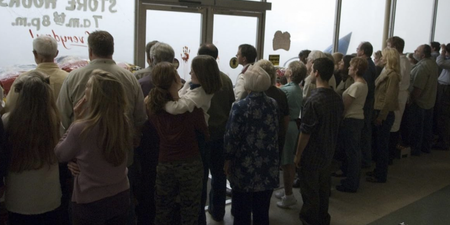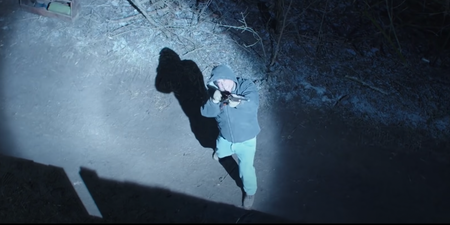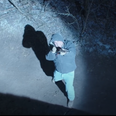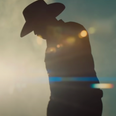Set record because it’s on TV later. Expect one hell of a showdown.
Having established an extremely high standard – as he always does – with the first two episodes of his new series Seven Worlds, One Planet, David Attenborough and his documentary team are now switching their focus to South America.
For 332 days, his crew documented the most species-rich continent on Earth.
From the volcanoes of the Andes to the world’s largest rainforest, the Amazon, viewers are about to get an extraordinary glimpse at some of the world’s most incredible animals and ecosystems.
In terms of promotional footage, the BBC have shared this extraordinary clip that was captured in Patagonia. Take a look as a puma mother draws on a lifetime’s experience to catch prey three times her weight.
For those interested, Guanacos stand at two metres tall and weigh three times the amount of a female puma. Will this mother be able to provide a meal for her growing cubs?
From the rivers of Patagonia to the dry canyons of Brazil, South America has some of the most diverse wildlife on the planet.
The episode will also document some rarely seen Andean bears as they clamber thirty metres into the canopy to find elusive fruit.
Elsewhere, poison dart frogs use ingenious methods to keep their tadpoles safe, whilst anacondas stalk capuchin monkeys. At Igauzu, swifts make death-defying flights through one of the biggest waterfalls on Earth.
Here’s another taste of what’s in store when Seven Worlds, One Planet airs at 18:20 on BBC1.
Clips via BBC Earth
LISTEN: You Must Be Jokin’ with Aideen McQueen – Faith healers, Coolock craic and Gigging as Gaeilge













































